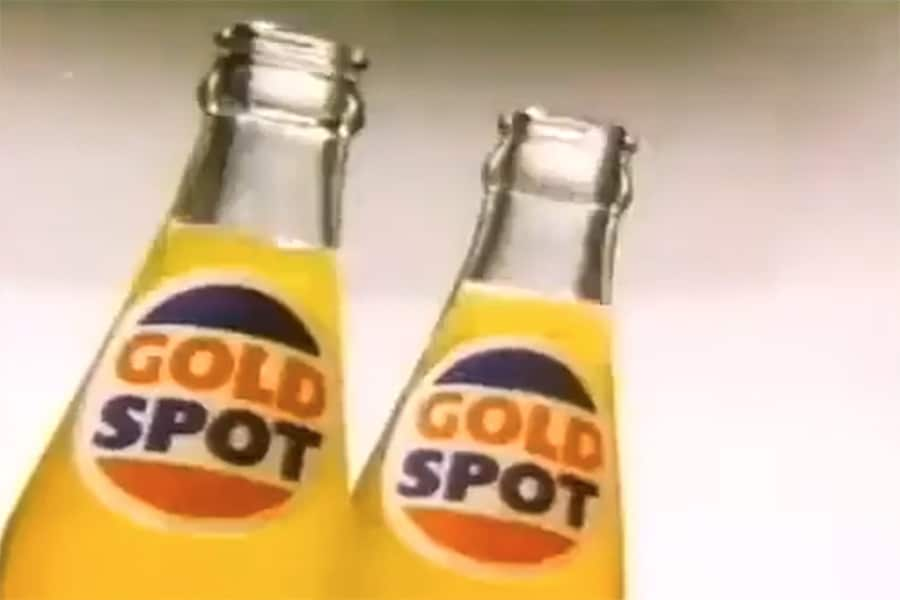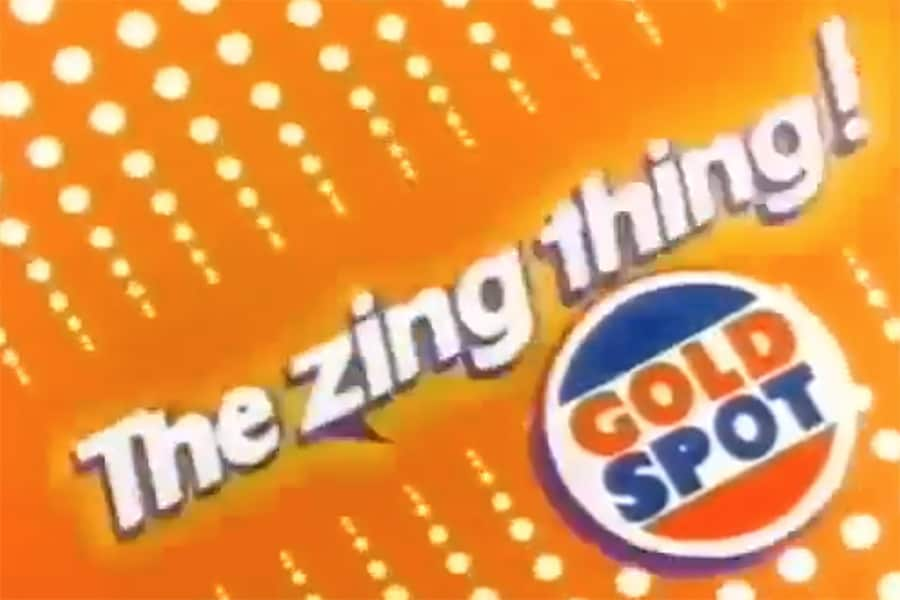
How Gold Spot became the most popular 'uncola' of its time in India
Gold Spot had become a quintessential Indian drink in the 90s. Despite being discontinued a long time ago, strong brand recognition and emotional connection to it continues
 As a child growing up in India, one may remember the many special occasions like birthdays or summer holidays when one ran up to a general store and eagerly waited for the shop owner or a grown-up to open a bottle of the orange-coloured sweet drink, Gold Spot.
As a child growing up in India, one may remember the many special occasions like birthdays or summer holidays when one ran up to a general store and eagerly waited for the shop owner or a grown-up to open a bottle of the orange-coloured sweet drink, Gold Spot.
Some brands may be no more, but they live on in our memories, and our hearts too. Gold Spot, the orange soft drink that was quintessentially Indian and loved by many, comes to mind. A recent news article mentioned the response to a Twitter user’s photo of the orange drink. It received many nostalgic anecdotes, likes, and retweets, reaffirming that Gold Spot still reignites customers’ memories. Despite being discontinued a long time ago, strong brand recognition and emotional connection to it continues.
Parle’s Gold Spot – A brief history
Gold Spot was a carbonated orange flavoured soft drink introduced by Ramesh Chauhan’s Parle Agro. Together with other soft drink brands by the company including Limca, Maaza, and Thums Up, it accounted for a majority of the Indian soft drink market in 1993. After these carbonated soft drink brands were bought by global giant Coca-Cola, Gold Spot was discontinued.As a brand, Gold Spot was associated with kids. As a child growing up in India, one may remember the many special occasions like birthdays or summer holidays when one ran up to a general store and eagerly waited for the shop owner or a grown-up to open a bottle of the orange-coloured sweet drink Gold Spot. And then scramble to collect the bottle crown that contained collectible cartoons on the inside of the bottle cap. Some would even squirrel away pocket money to buy the delectable drink. For the kids, it was a race to collect the maximum bottle caps.
Years later, those childhood memories still resonate.

 Along with the tagline, Prahlad Kakkar, Louis Banks, and the Rediffusion team set out to create Grease movie-like commercials—stylish, showing young, fashionable young men and women jiving, skating, and driving to some very Western-influenced peppy music, with an ‘I-don’t-care’ spirit.
Along with the tagline, Prahlad Kakkar, Louis Banks, and the Rediffusion team set out to create Grease movie-like commercials—stylish, showing young, fashionable young men and women jiving, skating, and driving to some very Western-influenced peppy music, with an ‘I-don’t-care’ spirit.



